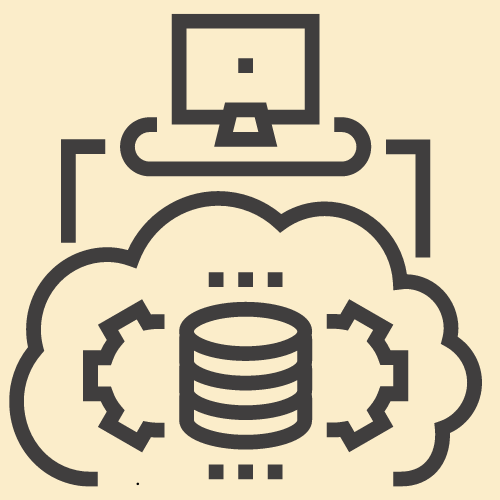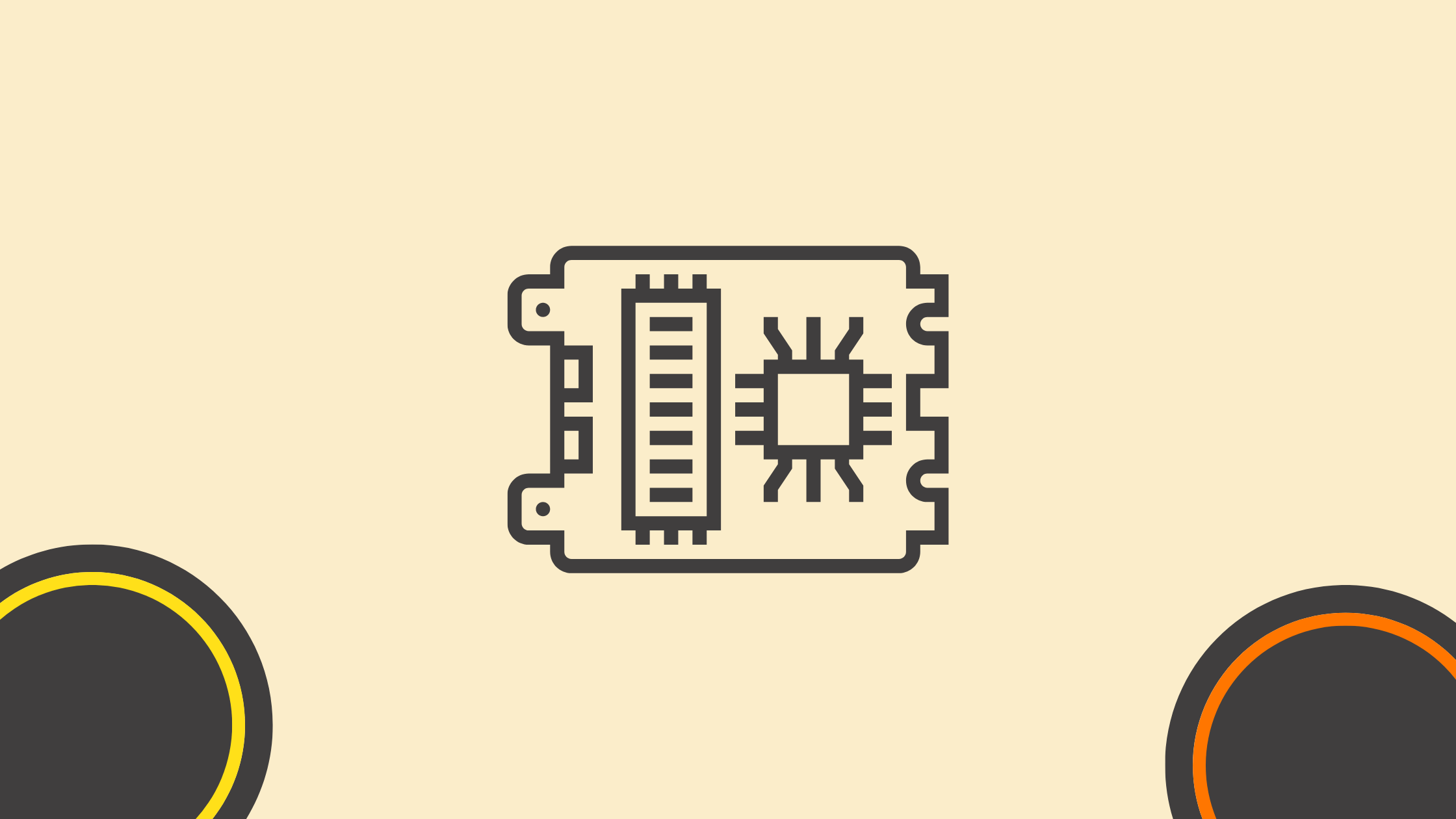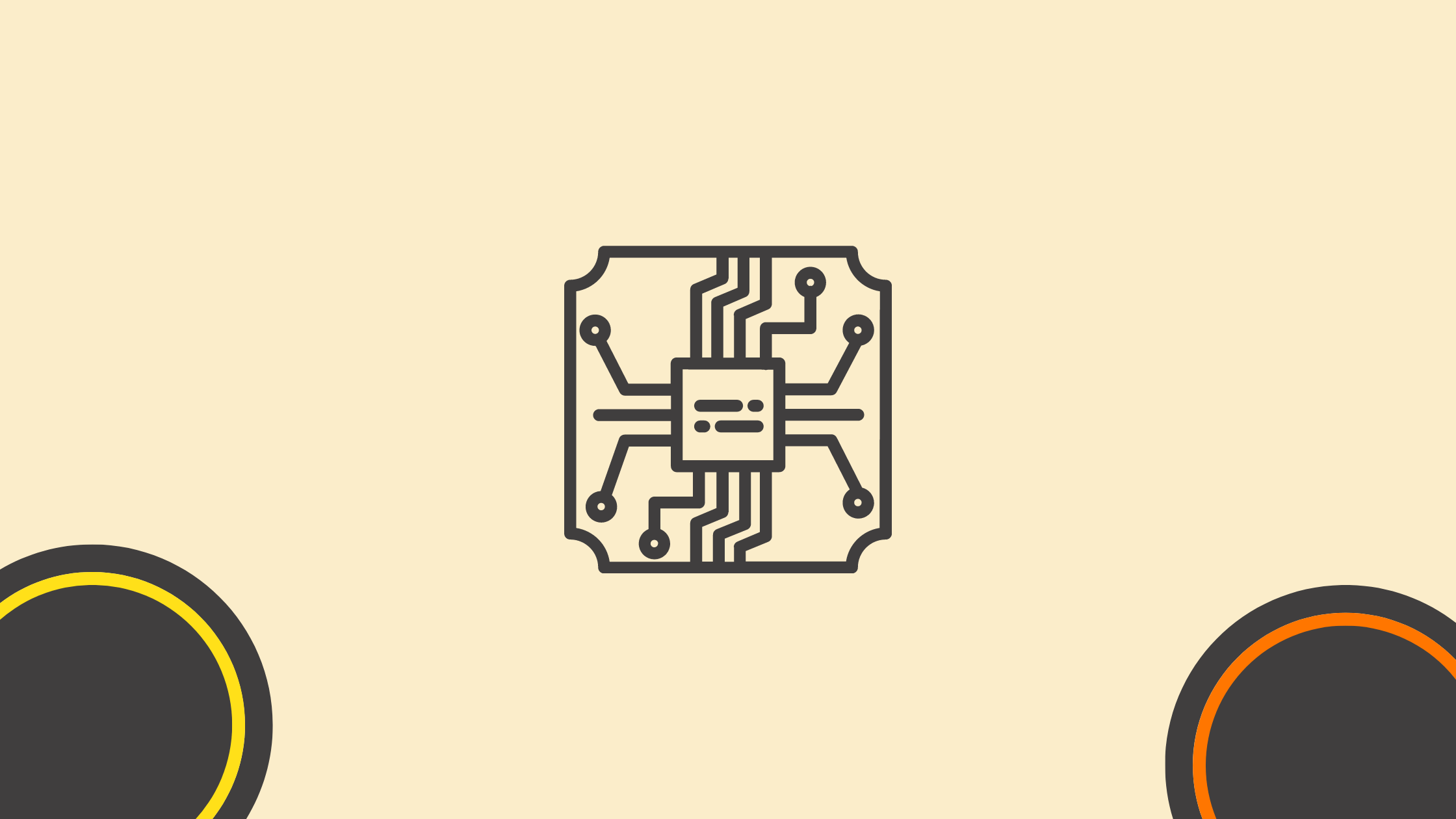Building the Web from the Ground Up: The Importance of PCB Components in Digital Architecture

You might not be able to see them, but PCBs, or Printed Circuit Boards, are crucial for your digital device performance. They’re like the brain inside your gadgets – from phones to computers – that link all the parts together.
These small boards have come a long way. Now they use advanced tech like HDI (High-Density Interconnect) and UHDI (Ultra-High-Density Interconnect), allowing our devices to do more without getting too big. This helps us to enjoy faster and stronger gadgets.
PCBs also improve website load times and keep devices from breaking down too soon. With new tech like AI, everything will only get smarter and faster online.
As PCBs keep improving, our every action on the web will improve too, allowing for a much more streamlined surfing experience.
Now let’s look at the world of tiny but powerful PCB parts.
Chapters
- Understanding PCBs in digital architecture
- Key components of PCBs
- The evolution of PCBs in digital systems
- Importance of PCB components in web infrastructure
- How PCBs support web functionality and performance
- Innovations in PCB design relevant to digital architecture
- PCB design and its impact on web building
- Future trends in PCB design and digital architecture
- Small in size, big in stature
- FAQ
Understanding PCBs in digital architecture

A Printed Circuit Board (PCB) is an integral part of electronic devices. It provides the structure and electrical framework needed for them to work. A PCB acts as the main point where various parts – like resistors, capacitors, and microchips – are held and connected, allowing digital devices to function properly.
To make a PCB, copper paths are printed onto a non-conductive base, creating a network for electrical connections. Parts are then fixed onto the board and linked through these pathways, helping build the needed circuits.
PCBs are vital for helping electronic components communicate with each other. They help send fast signals and allow devices to perform complex tasks smoothly.
Key components of PCBs
PCBs consist of various components, with each part ensuring they work properly. Capacitors store and release electricity. Resistors control the flow of electric current to keep it safe.
Transistors act like switches or amplifiers for electric signals. Diodes allow power to flow only in one direction.
Other important parts are the copper traces, which are thin lines that connect parts without wires. The solder mask covers the board and stops short circuits by keeping the solder away from the wrong spots.
Lastly, silkscreen adds letters and numbers to show what each part does.
The evolution of PCBs in digital systems
Back in the day, PCBs were much simpler. As the detailed PCB 101 guide states, manufacturers used to make point-to-point connections that proved to be more difficult to make and maintain. PCBs have drastically improved manufacturing processes, automation, and troubleshooting.
This shift happened as electronics got more complex.
Today, PCBs provide a lot more possibilities than before. They support faster internet and improved web tools. These changes didn’t happen overnight. It took many years and dedicated hard work.
The progress from simple to complex PCBs helped build the digital world you experience today.
Importance of PCB components in web infrastructure
PCBs hold everything together in our digital surroundings, serving as a backbone of all of our electronics. All the miniature parts on your phone or computer communicate with each other because of PCBs. These boards ensure these messages end up where needed fast and without any mix-ups.
They also help these devices perform more tasks while staying small. For example, smartwatches and medical devices can do tons of operations but must be easy to carry or wear. PCBs allow this to happen, so we get to wear powerful tech that fits neatly in our pockets or on our wrists.
How PCBs support web functionality and performance
PCBs also play an integral role in how well internet devices work. They help them process data quickly and manage large amounts of info simultaneously. This helps ensure that when you watch a movie or download files, the process flows without slowing down.
These components also help manage heat. By spreading it out, PCBs stop your phone or computer from overheating. This keeps safe temperatures, guarding devices from crashes or damage.
So, every time you stream a show or have any type of virtual interaction, PCBs are hard at work to give you a satisfactory and seamless experience.
Innovations in PCB design relevant to digital architecture

Innovations in PCB design are pushing digital architecture to new heights. Let’s check out the two main advancements that are making our devices more powerful than ever.
High-Density Interconnect (HDI)
High-Intensity Interconnect (HDI) PCB designs pack more circuits onto a smaller board, meaning devices can perform more actions while staying smaller.
Think of your smartphone – it comes with a variety of features but fits in the palm of your hand, thanks to HDI technology.
These designs use tiny holes called microvias that connect layers inside the PCB. As a result, engineers get to save space and fit more parts on the board.
Ultra High-Density Interconnect (UDHDI)
Ultra-High Density Interconnect (UHDI) is a new step in PCB tech that incorporates highly complex circuits into small spaces. UHDI goes further than regular HDI by using finer lines, smaller vias, and miniature parts to pack more circuits.
UHDI is especially useful for gadgets like phones, smartwatches, and advanced medical tools, where space is tight, but the need for high performance is imperative. By using UHDI PCBs, engineers can boost processing speed, increase memory, and upscale communication parts in these tiny devices.
PCB design and its impact on web building
Solid PCB design ensures your devices keep running uninterrupted, by preventing them from crashing or slowing down. In return, your web pages get faster load times, and your apps’ performances peak, minimizing lag or downtimes.
Improved performance comes from using the latest in PCB tech, such as miniature components packed with more power than ever. Devices can handle more tasks while managing heat and conserving battery life.
System scalability and flexibility
A well-designed PCB layout system allows systems to grow and adapt easily; sort of like building a house with room to add more floors in the future. You want your electronics to handle brand-new tech without having to overhaul, right? That’s why engineers and designers have to put a great deal of thought into layout plans.
They ensure it can deal with additional components or connect with new devices down the road. As tech gets more refined, your gadgets need to be able to keep up. A clever PCB layout means you don’t have to replace entire systems but upgrade only certain parts.
Such an approach is a time and money-saver, ensuring your devices are not left behind as technology moves forward.
Future trends in PCB design and digital architecture
Looking ahead, PCB design and digital architecture will meet exciting changes. Incoming technologies will push the boundaries of what’s possible, making web applications even more efficient.
Emerging technologies in PCB design
Advanced tech is quickly changing the world of PCB design, with AI and machine learning leading the way. They help make PCBs more efficient than ever before.
Also, now we have innovative technologies like stretchable electronics, that allow PCBs and their components to bend more, opening the door for new and groundbreaking uses.
3D printing is also helping to shape the state of PCB design. It allows people to create complex parts at lower costs. Plus, designs can improve faster, as you get a chance to test them out immediately, without having to wait. All these novelties mean building web tech is getting more exciting each day.
Anticipated developments in PCB for web applications
As we see emerging technologies shaping PCB design, we can also expect some huge changes in web applications. One thing’s for sure, PCBs will push websites and online services to the limits, meaning your websites will load faster and crash less.
Experts predict that smart PCBs with built-in sensors will help manage data traffic in a smarter, more comprehensive way. Also, there’s talk about using new materials in PCB heat management that will provide you with an enjoyable digital experience without slowdowns or overheating.
These developments are just around the corner, changing how we approach the web.
Small in size, big in stature
PCB parts play a significant role in creating web tools and devices, helping ensure that they run smoothly and efficiently. As PCB designs evolve, these components become increasingly effective over time, allowing web systems to tackle more with greater reliability.
So, the next time you’re using the internet, know that PCBs are working diligently behind the scenes to keep everything running properly.
FAQ
What role do PCB components play in digital architecture?
PCB components provide the foundational hardware layer that enables digital systems to route signals, power circuits, and connect processors—forming the backbone of modern electronic devices.
Which components are essential on a PCB?
Key components include microcontrollers or processors, resistors, capacitors, inductors, connectors, voltage regulators, diodes, and integrated circuits.
Why is PCB design critical for system performance?
Effective PCB design ensures signal integrity, reduces electromagnetic interference, ensures heat management, and supports high-speed data flows required in digital systems.
How do PCB component choices impact device reliability?
Quality components and thoughtful layout reduce failure risk, improve thermal stability, and prolong lifespan—even under challenging environments or heavy usage.
What factors guide the selection of PCB components?
Engineers consider power requirements, operating frequency, tolerance range, footprint space, thermal limits, and compatibility with the broader system architecture.
How does a PCB support digital system architecture?
PCB layout defines power and data pathways, timing synchronization between components, and ensures efficient communication between processing and memory elements.
Can PCB components influence energy efficiency?
Yes. Using low-loss components, efficient voltage regulators, proper power supply decoupling, and optimized trace routing helps reduce power draw and heat generation.
How are high-frequency signals handled on PCBs?
Signal integrity techniques like controlled impedance, ground planes, differential pairs, and proper trace spacing help maintain digital signal quality at high speeds.
Why is decoupling important on a PCB?
Decoupling capacitors stabilize voltage, reduce noise and voltage spikes, and ensure power stability across digital circuits.
What impact does PCB layout have on noise and interference?
Layer arrangement, component placement, ground planes, and trace routing all contribute to minimizing cross-talk and electromagnetic disturbance.
How does thermal management affect PCB architecture?
Proper component placement, heat sinks, thermal vias, and copper pours help dissipate heat and prevent performance issues or damage.
What is the process of verifying PCB component selection?
Engineers use simulation tools, thermal modeling, and prototype testing to verify signal integrity and ensure components meet performance targets before finalizing design.
How do manufacturing tolerances affect PCB quality?
Components with tighter tolerances deliver greater precision in timing, frequency response, and voltage regulation—critical in digital applications.
Can modular PCB design improve scalability?
Yes. Modular layouts using standardized blocks and connectors allow easier updates, expansions, or integration across processing, memory, and power modules.
What impact do SMT versus through-hole components have?
Surface-mount technology (SMT) supports high-density, finer tracks, and better performance at high frequencies, while through-hole is often used for power-handling or durability.
How does PCB architecture support digital signaling protocols?
Protocols like SPI, I²C, USB, PCIe, and Ethernet benefit from matched trace lengths, proper grounding, and shielding to maintain integrity and timing.
What design challenges arise in tight PCB layouts?
Dense layouts may face issues like thermal hotspots, signal interference, and power distribution imbalance—requiring careful planning and layered routing.
How do PCB components support IoT and embedded systems?
Small form-factor components, low-power design, wireless modules, and optimized layouts enable compact boards for sensors, microcontrollers, and communication links.
How does cost influence component selection in PCB architecture?
Component costs must be balanced with performance needs. Choosing cost-effective parts while prioritizing reliability and efficiency helps optimize value.
What future trends are shaping PCB components in digital architecture?
Trends include high-density interconnects, embedded passive and active components, flexible PCBs, and signal packaging advances for AI, 5G, and edge computing platforms.
Other Interesting Articles
- AI LinkedIn Post Generator
- Gardening YouTube Video Idea Examples
- AI Agents for Gardening Companies
- Top AI Art Styles
- Pest Control YouTube Video Idea Examples
- Automotive Social Media Content Ideas
- AI Agent for Plumbing Business
- Plumber YouTube Video Idea Examples
- AI Agents for Pest Control Companies
- Electrician YouTube Video Idea Examples
- AI Agent for Electricians
- How Pest Control Companies Can Get More Leads
- AI Google Ads for Home Services
Master the Art of Video Marketing
AI-Powered Tools to Ideate, Optimize, and Amplify!
- Spark Creativity: Unleash the most effective video ideas, scripts, and engaging hooks with our AI Generators.
- Optimize Instantly: Elevate your YouTube presence by optimizing video Titles, Descriptions, and Tags in seconds.
- Amplify Your Reach: Effortlessly craft social media, email, and ad copy to maximize your video’s impact.